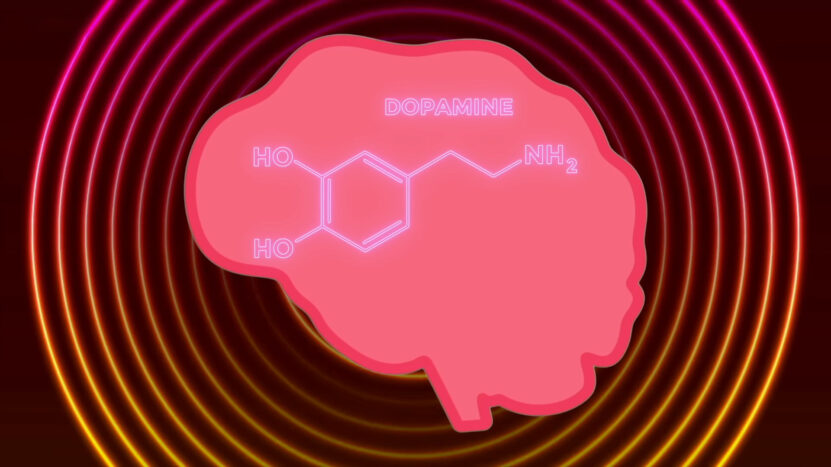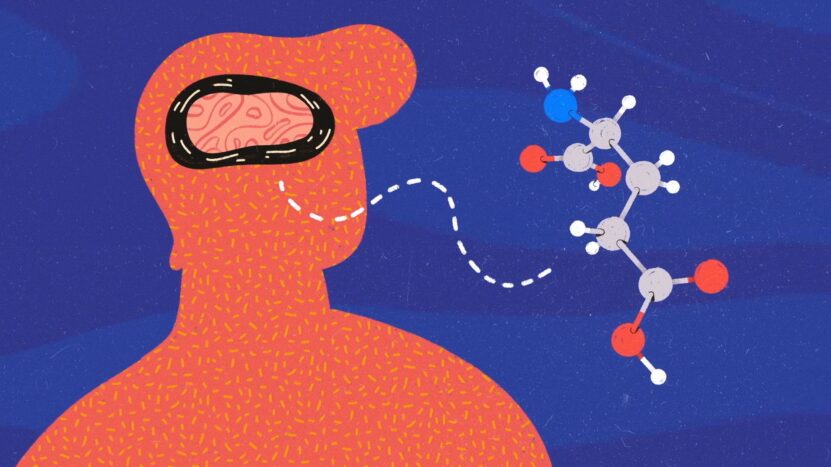In today’s fast-paced world, the allure of quick and tasty meals is undeniable. However, lurking behind the savory flavors and sweet temptations are hidden dangers that many of us are unaware of.
These dangers come in the form of addictive food stimulants, which are increasingly being added to our foods and drinks. While some of these stimulants have been a part of our diet for centuries, others are synthetic additions that pose significant health risks.
This article delves deep into the world of food stimulants, shedding light on their hidden dangers and offering insights into how we can navigate this treacherous terrain.
Food Stimulants & Their Addictive Nature

Food stimulants are substances that can amplify our mental alertness, intensify physical activity, or even induce aggression. They achieve this by disrupting the communication between our neurons, particularly targeting the dopamine neurotransmitter system.
Dopamine plays a pivotal role in controlling movement, cognition, motivation, mood, and the sensation of reward after certain activities. When we consume foods containing these stimulants, we experience a surge of pleasure and euphoria.
This sensation is so enticing that we are often drawn back to these foods, seeking that same high. However, the discontinuation of these stimulants can lead to cravings, pushing us into a vicious cycle of consumption.
The Role of Dopamine
Dopamine is a crucial neurochemical that regulates various functions in our nervous system. It controls movement, cognition, motivation, and even our mood.
The sensation of reward after certain activities, such as eating our favorite food, is also attributed to dopamine. When food stimulants interfere with our dopamine system, they create an artificial high.
This high is so pleasurable that we are often motivated to consume the same stimulant again, seeking that repeated feeling of reward. However, the sudden discontinuation of these stimulants can lead to intense cravings, pushing us into a cycle of addiction.
The Cycle of Addiction
The cycle of addiction begins with the initial consumption of the stimulant, leading to a feeling of euphoria. This positive reinforcement encourages repeated consumption.
However, when we stop consuming the stimulant, we experience discomfort, known as negative reinforcement. This discomfort pushes us to consume the stimulant again, trapping us in a cycle of addiction.
Excitotoxins: Flavour Enhancers and Artificial Sweeteners
Excitotoxins are a group of chemicals that can cause damage to nerve cells by overstimulating them. They are frequently added to processed foods as flavor enhancers and artificial sweeteners.
Some of the most common excitotoxins include monosodium glutamate (MSG), saccharin, and aspartame.
The Dangers of Overstimulation
While excitotoxins enhance the flavor of foods, they also pose a significant risk to our health. Overstimulation of our brain cells can lead to their damage.
Studies on animals have linked excitotoxin exposure to permanent neurological damage. There are concerns that excessive consumption can lead to serious health issues like Alzheimer’s disease, Parkinson’s disease, and even early aging.
Protecting Ourselves from Excitotoxins
To safeguard ourselves from the harmful effects of excitotoxins, it’s essential to:
- Avoid processed and refined foods and drinks.
- Stay away from fast-food chains that often use these additives.
Monosodium Glutamate (MSG): An In-depth Exploration

MSG is a popular flavor enhancer that has been used in foods for over a century. However, its safety has been a topic of debate for decades.
The History of MSG
MSG was first introduced to foods in 1908 by a Japanese scientist, Ikeda Kikunae. Since then, its use has grown exponentially.
However, studies have linked MSG to various health issues, raising concerns about its safety.
The Controversy Surrounding MSG
While some studies suggest that MSG is safe when consumed in moderation, others indicate potential short and long-term health risks. Symptoms like headaches, muscle tightness, and even asthma attacks have been associated with high doses of MSG.
There are also concerns about its long-term effects on neurological health.
Making Informed Choices
Given the ongoing debate about MSG, it’s crucial to make informed choices. While more research is needed to determine its safety, it’s advisable to limit its consumption, especially from processed foods and fast-food chains.
Artificial Sweeteners: Saccharin and Aspartame
Artificial sweeteners, often used as sugar substitutes, have become a staple in many diets. However, their safety and impact on health have been subjects of intense debate and research.
Saccharin: The Pioneer of Artificial Sweeteners
Saccharin, discovered in 1879, is a sweetener that’s 300 times sweeter than sugar. It found its way into many processed foods and drinks, especially diet sodas.
However, studies in the 1960s linked saccharin to bladder cancer in rats, leading to widespread concern. While the FDA considered banning it in the 1980s, public outcry ensured its continued use.
Aspartame: The Modern Sweetener
Aspartame, discovered in 1965, quickly became one of the most popular artificial sweeteners. It’s composed of aspartic acid and phenylalanine, both naturally occurring amino acids.
However, aspartic acid has excitotoxic properties, and phenylalanine can be toxic for those with phenylketonuria. Despite its widespread use, concerns about its safety persist.
Health Implications of Artificial Sweeteners
Recent studies have linked artificial sweeteners to various health issues, including weight gain, Type 2 Diabetes, and cardiovascular diseases. Additionally, they have been shown to alter gut microbiota, which can have long-term health implications.
Key Takeaways:
- Artificial sweeteners, while calorie-free, may not be risk-free.
- It’s essential to be aware of the potential health implications and make informed choices.
Other Commonly Used Excitotoxins
Beyond the well-known excitotoxins, several other substances are frequently added to our foods, which can have excitotoxic properties.
Casein: Dairy’s Hidden Excitotoxin
Casein, a protein found in cow’s milk, contains high levels of glutamate. While it’s naturally occurring in dairy products, it’s often added to processed foods, enhancing their flavor and texture.
Cysteine: A Double-Edged Sword
Cysteine, a naturally occurring protein, is used as an artificial flavoring in some foods. While moderate amounts can offer health benefits, excessive levels have been linked to neurological diseases like Parkinson’s and Alzheimer’s.
Sucralose: The Sweet Deception
Sucralose, an artificial sweetener, is much sweeter than sugar. While its health implications are less known compared to saccharin and aspartame, it shares similar excitotoxic properties. It’s crucial to approach it with caution, especially when found in processed foods and drinks.
Key Takeaways:
- Many excitotoxins are hidden in everyday foods.
- Being informed and reading labels can help avoid excessive consumption.
FAQ
Are organic foods free from stimulants?
While organic foods have stricter regulations, they can still contain natural stimulants. Always read labels and research the product.
What are food stimulants?
Food stimulants are substances added to foods and drinks to enhance flavor, prolong shelf life, or induce certain effects like increased alertness.
Are all food stimulants harmful?
Not all food stimulants are harmful. Some, like caffeine, have been consumed for centuries. However, excessive or prolonged intake of certain stimulants can have adverse health effects.
How can I identify food stimulants in products?
Reading ingredient labels is crucial. Look for names like monosodium glutamate (MSG), aspartame, or saccharin, among others.
How can I reduce my intake of harmful stimulants?
Opt for whole, unprocessed foods, read labels, and be cautious of products labeled “low-calorie” or “sugar-free” as they might contain artificial sweeteners.
Final Words
In the world of gastronomy, knowledge is power. Being aware of the hidden stimulants in our foods allows us to make informed choices for our health and well-being.
While the allure of enhanced flavors and longer shelf lives is tempting, understanding the long-term implications of these additives is crucial. Let’s champion a future where transparency in food production is the norm, and where we can savor our meals without hidden concerns.
